
honeywell 6000 installation manual
Welcome to the Honeywell 6000 Installation Manual, your comprehensive guide for installing and configuring the Honeywell 6000 series programmable thermostat․ This manual provides detailed step-by-step instructions to ensure a smooth and safe installation process, helping you achieve optimal performance from your HVAC system․
1․1 Overview of the Honeywell 6000 Series
The Honeywell 6000 Series, part of the FocusPRO line, represents a range of programmable thermostats designed for efficiency and ease of use․ Models such as the TH6110, TH6220, and TH6320 offer advanced features like Wi-Fi connectivity, digital displays, and remote access․ These thermostats are compatible with various HVAC systems, providing precise temperature control and energy-saving capabilities․ With a user-friendly interface and customizable scheduling options, the Honeywell 6000 Series is ideal for homeowners seeking a balance between comfort and energy efficiency․ This series is known for its reliability and adaptability to different home environments․
1․2 Importance of Proper Installation
Proper installation of the Honeywell 6000 Series thermostat is crucial for ensuring optimal performance, energy efficiency, and system longevity․ Incorrect wiring or setup can lead to inaccurate temperature control, increased energy consumption, and potential damage to your HVAC system․ A well-executed installation guarantees safe operation, prevents compressor cycling issues, and ensures all advanced features function as intended․ Additionally, proper installation is essential for maintaining the manufacturer’s warranty and complying with safety standards․ By following the guidelines outlined in this manual, you can avoid common pitfalls and ensure a reliable, efficient, and safe heating and cooling system for years to come․
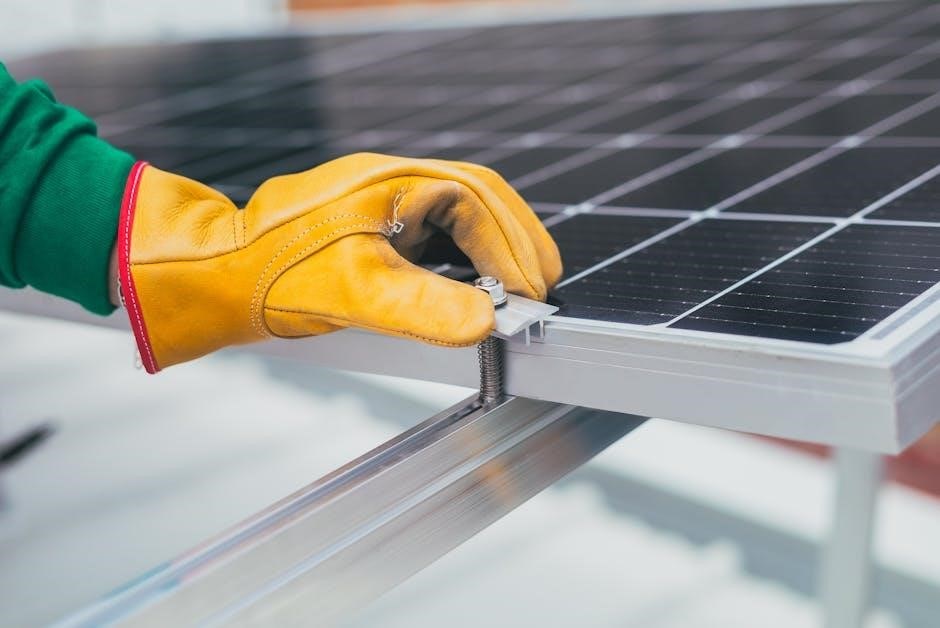
Pre-Installation Requirements
Before installing the Honeywell 6000 Series thermostat, ensure compatibility with your HVAC system, gather necessary tools, and prepare the site for installation to avoid delays․
2․1 System Compatibility and Requirements
Ensure the Honeywell 6000 Series thermostat is compatible with your HVAC system․ It supports various heating, cooling, and heat pump configurations, including forced air, radiant, and zoned systems․ Verify voltage requirements, as the thermostat operates on 24V AC and is compatible with most standard HVAC systems․ Check wiring compatibility, as it supports 2- to 8-wire systems․ Refer to the appendix for specific model compatibility, such as TH6110, TH6220, and TH6320 models․ Proper system matching ensures optimal performance and avoids installation issues․ Always confirm compatibility before proceeding with installation․
2․2 Tools and Materials Needed
To install the Honeywell 6000 Series thermostat, gather the necessary tools and materials․ You will need a screwdriver (both Phillips and flathead), pliers, wire strippers, and a voltage tester to ensure safe working conditions․ A level is recommended for proper mounting․ Additional materials include mounting screws, wall anchors (if required), and potentially new wiring if your existing setup is outdated or incompatible․ Always check the system compatibility before starting․ Refer to the manual for specific requirements, as additional components may be needed based on your HVAC configuration․ Ensure all tools are readily available to streamline the installation process․
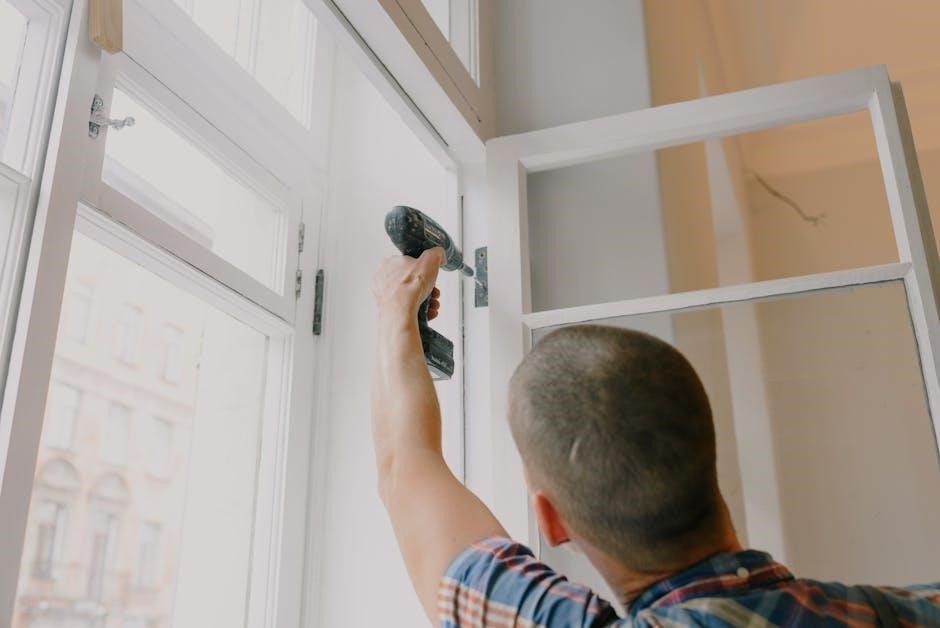

Installation Process

The Honeywell 6000 installation involves mounting the thermostat, connecting wires, and configuring settings․ Follow step-by-step instructions for a seamless setup, ensuring compatibility and safety․
3․1 Mounting the Thermostat
Mounting the Honeywell 6000 thermostat is straightforward․ Begin by removing the wallplate from the thermostat and installing it on the wall․ Ensure the wallplate is level and securely fastened․ Next, attach the thermostat to the wallplate by aligning the mounting pins and gently snapping it into place․ Make sure the thermostat is firmly seated to avoid any movement․ After mounting, insert the reference card into the wallplate for quick access to operating instructions․ This step ensures a secure and professional installation, ready for wiring and configuration․
3․2 Wiring Connections and Configurations
Before wiring, ensure the power to your HVAC system is turned off․ Remove the old thermostat and label the wires for easy identification․ Connect the wires to the corresponding terminals on the Honeywell 6000 thermostat, following the manufacturer’s wiring diagram․ Ensure all connections are secure to prevent loose wires, which can cause system malfunctions․ Proper wiring is crucial for optimal performance․ If you’re unsure about any connections, consult a licensed electrician or refer to the detailed wiring instructions provided in the manual․ This step ensures safe and efficient system operation․
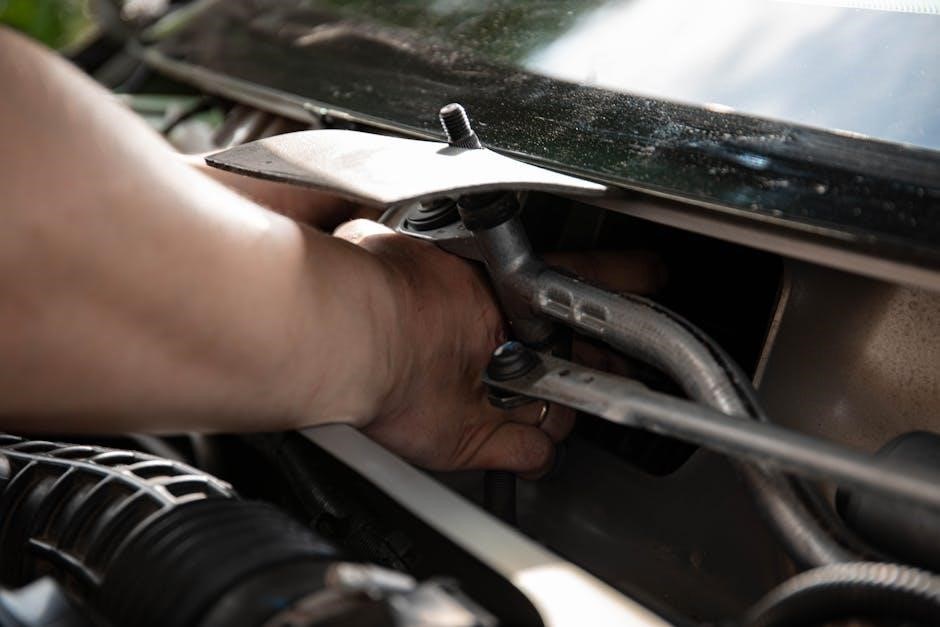
Safety Precautions
Always disconnect power before starting installation to avoid electrical shocks or injuries․ Ensure proper grounding and follow safety guidelines to prevent compressor cycling damage and system malfunction․
4․1 Disconnecting Power Before Starting
Disconnecting power before installation is crucial to ensure safety․ Switch off the main power supply and verify no voltage is present at the thermostat wires․ This prevents electrical shocks, injuries, and potential damage to the system․ Always follow this step to protect yourself and the equipment during the installation process․
4․2 Avoiding Compressor CyclingDamage
4․2 Avoiding Compressor Cycling Damage
Avoiding compressor cycling damage is essential to maintain HVAC system efficiency and longevity․ Rapid compressor cycling can cause mechanical stress, leading to premature wear and potential failures․ Ensure proper installation and configuration of the thermostat to prevent frequent start-stop cycles․ Follow the manufacturer’s guidelines for wiring and setup to avoid this issue․ Proper installation ensures the compressor operates within safe parameters, reducing the risk of damage and extending its lifespan․ Always refer to the manual for specific recommendations on cycle timing and system compatibility to protect your equipment․

Configuration and Setup
Following installation, configure the Honeywell 6000 thermostat for optimal performance․ Use the installer functions to set system parameters, then proceed to advanced options for customized settings․
5․1 Initial Setup and Installer Functions
Begin by powering up the Honeywell 6000 thermostat and allowing it to complete its initial system recognition․ Access the installer functions by navigating through the menu options․ These functions enable you to configure essential settings such as system type, heat/cool modes, and emergency heat options․ Use the provided reference guide to understand each parameter and select the appropriate options for your HVAC system․ Once configured, save the settings to ensure proper operation․ Properly configuring these functions is critical for optimal performance and compatibility with your heating and cooling equipment․
5․2 Advanced Configuration Options
Advanced configuration options for the Honeywell 6000 series allow for tailored system customization․ Users can program custom schedules, adjust temperature limits, and enable features like geofencing and smart recovery․ These settings enhance energy efficiency and system performance․ Access the advanced menu by navigating through the installer functions and selecting the desired options․ Refer to the manual for detailed instructions on configuring these features․ Properly setting these options ensures optimal system operation and alignment with your specific HVAC requirements․ Always save changes to maintain configuration integrity and ensure consistent performance․
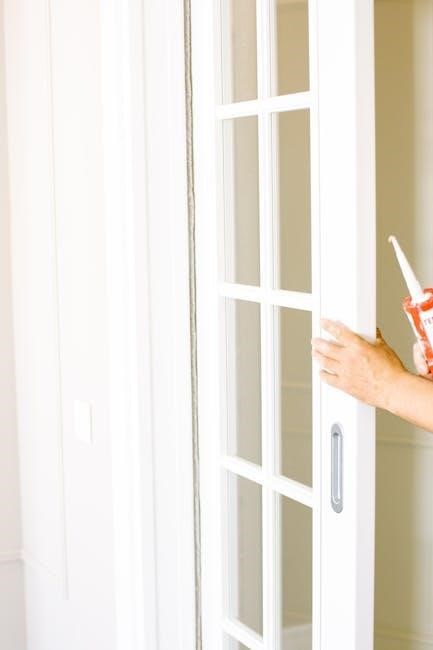
Troubleshooting Common Issues
Identify and resolve common issues like error codes, connectivity problems, or sensor malfunctions․ Always check power supply, wiring connections, and sensor accuracy․ Consult the manual for detailed solutions․
6․1 Diagnosing Installation Problems
Diagnosing installation issues with the Honeywell 6000 series begins with verifying power supply and wiring connections․ Ensure all wires are securely connected and match the system requirements․ Check for error codes on the thermostat display, which can indicate specific malfunctions․ Review the installation manual for troubleshooting guides tailored to your model․ Common problems include loose connections, incorrect wiring configurations, or sensor misalignments․ If issues persist, consult the detailed diagnostic procedures outlined in the manual or contact Honeywell support for assistance․ Proper diagnosis ensures efficient resolution and prevents further system damage․
6․2 Resolving Wiring and Connectivity Issues
Wiring and connectivity issues can often be resolved by checking connections for tightness and accuracy․ Refer to the wiring diagram in the manual to ensure correct terminal assignments․ If the display is blank, verify power supply and circuit connections․ For advanced issues, use a multimeter to test wire continuity and voltage․ Consult the troubleshooting section for error code interpretations․ Resetting the thermostat or updating firmware may also resolve connectivity problems․ Always disconnect power before making wiring adjustments to avoid damage or safety risks․ If issues persist, contact a licensed professional for further assistance․
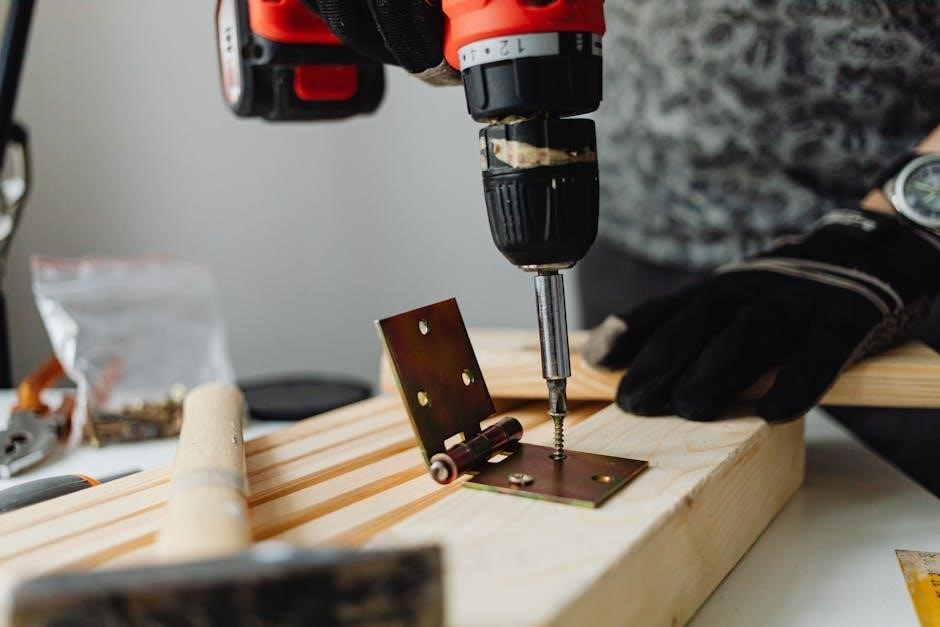
Maintenance and Upkeep
Regularly clean the display and check battery levels to ensure optimal performance․ Verify wiring connections are secure and update firmware periodically for enhanced functionality and efficiency․
7․1 Regular Checks for Optimal Performance
Perform routine inspections to ensure your Honeywell 6000 thermostat operates efficiently․ Check battery levels and replace them as needed to prevent system malfunctions․ Verify that all wiring connections are secure and free from corrosion․ Inspect the display for clarity and clean it gently to maintain visibility․ Review the programmed settings to ensure they align with your HVAC system’s requirements․ Additionally, schedule periodic software updates to access the latest features and improvements․ Regular maintenance helps extend the lifespan of your thermostat and ensures consistent heating and cooling performance․
7․2 Updating Firmware and Software
Regular firmware and software updates are essential to maintain optimal performance of your Honeywell 6000 thermostat․ Always use the latest version provided by Honeywell to ensure compatibility and functionality․ Before updating, disconnect power to the system to avoid any disruptions․ Follow the step-by-step instructions in the manual or on Honeywell’s official website for a smooth update process; If using a USB connection, ensure the device is properly connected and the update file is correctly formatted․ After completing the update, restart the system and verify all features are functioning as expected․ Consult the manual if issues arise during the process․